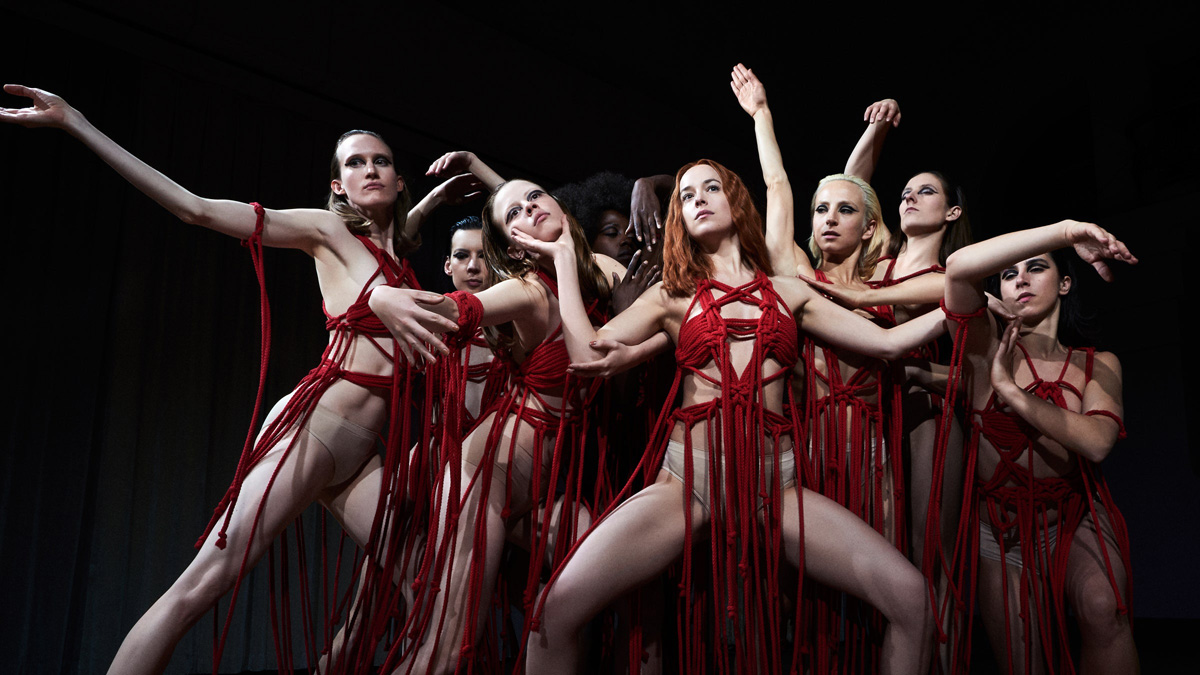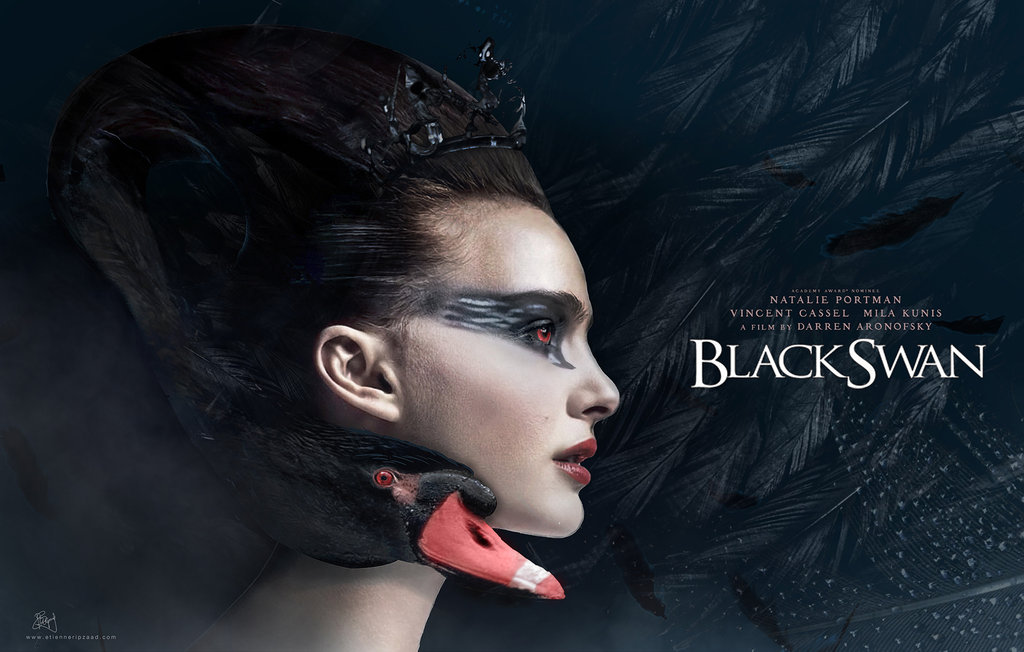Film is the culmination of multiple facets of art, such as photography, writing, choreography and acting. It’s no wonder that films are layered with so much meaning. But there are differences with how movies handle their symbolism and how they weave it into their imagery. Movies like “Collateral Beauty” have their symbolism out in the open, with the themes clearly marked out for interpretation. Others are more subtle.
Like the desert landscapes of Georgia O’Keefe, some movies are even more difficult to interpret.
Luca Guadagnino’s 2018 remake of the classic horror film “Suspiria” is one such movie. Rich in subtle symbolism and loaded with obscure themes, it takes a lot to unpack this masterpiece of body horror, sinister choreography and macabre plots.
Here is Luca Guadagnino’s “Suspiria” explained.
The Original “Suspiria”

You can’t dissect 2018’s “Suspiria” without learning about the original iteration. In 1977, director Dario Argento sought to make a horror movie unlike any other. The original “Suspiria” was produced and released at the height of the slasher era, and it shows. There are multiple scenes of horrible mutilation and intense violence. The scene involving the iconic stained-glass ceiling is noted as one of the most violent deaths in the history of horror movies.
But “Suspiria” sets itself apart visually. Whereas the movie is steeped in darkness and shadow, as is customary for horror films, Argento used bright primary colors in many key scenes. Red light underscores horrific discoveries just as often blue light illuminates the night and yellow light highlights terror. Instead of a single deranged killer, the villains are a conspiracy of ancient witches.
But as fantastic and fantastical Argento’s movie is, it fails to make use of its setting. The movie is set in a divided Berlin, but this fact isn’t mentioned at all. The characters are confined to the inside of a prestigious dance academy. But despite this setting, dance plays almost no part in the story at all, barring one scene where Suzy, the heroine, feels ill before she even gets to do one demi plie.
Guadagnino’s 2018 “Suspiria” makes full use of the setting and adds more layers of symbolism to the story.
Guadagnino’s “Suspiria” Remake Explained

Guadagnino’s “Suspiria” is more subtle with its symbolism than many other horror movies. At the same time, the film has many more layers of interpretation than other films in its genre. Determining the meaning of “Suspiria” isn’t about unravelling just one thread of the story and the narrative devices used in it, it’s about unravelling all of them.
Here are some of the many themes of “Suspiria” explained.
-
Disobedience of Authority
Just like the original, 2018’s “Suspiria” is set in West Berlin. Unlike the original, Guadagnino makes full use of this turbulent political backdrop. Throughout the film, there are frequent references to bombings, shots of rallies for the reunification of Berlin. One of the characters is deeply involved with activist causes.
The heroic characters all question authority, mostly with good cause. They don’t take things lying down and exhibit pluck and daring in the face of authoritarianism, whether that’s the iron grip of socialism or the secretive nature of their instructors.
-
The Oppression of the Past
The theme of the past rising to oppress the present is beautifully exhibited by Guadagnino in his work. First, the character of the elderly psychiatrist deals with the trauma that was personally inflicted on him by the Nazi regime. Tilda Swinton’s Madame Blanc brings up the oppression of the arts and individual expression under the Nazis. Finally, the monstrous and ancient witch Helena Markos seeks to possess the young and virginal Suzy, the representation of the budding future.
-
Female Solidarity
Women take center stage here and carry the entire film. And women support one another all throughout, in both the villainous and the valorous sides of the film’s conflict. Suzy is immediately assisted by the other dancers and is not ostracized for her talent. The witches who run the school express distress at the loss of one of their own and often connect with each other. Of course, those who sell out women in this movie are highlighted as evil, with the foul Markos sacrificing them for her own benefit to the distaste of the still sinister but less malicious Blanc.
-
The Power of Art
Guadagnino does a masterful job integrating dance into the horror of his “Suspiria.” Unlike in the original version, where dance was just an excuse to relocate the heroine to the school, dance is central to the theme of transformation. There are many ways to explain “Suspiria,” and all of them must delve into the power of art.
When Madame Blanc tutors Suzy, she brings up how dances are like prayers and spells. And how dance transforms the performer into the image of the choreographer. Both these themes are present throughout the film. Suzy’s dancing is key to several spells performed throughout the film. A dance recital is the beginning of the film’s climax and a frenzied Bacchanal caps the film’s violent end.
Guadagnino and Argento take very different approaches but using the same components. Despite their similar components, their movies could not be anymore different. Hopefully, this explanation for 2018’s “Suspiria” helps illuminate the complexity of the movie and make you appreciate it more.



